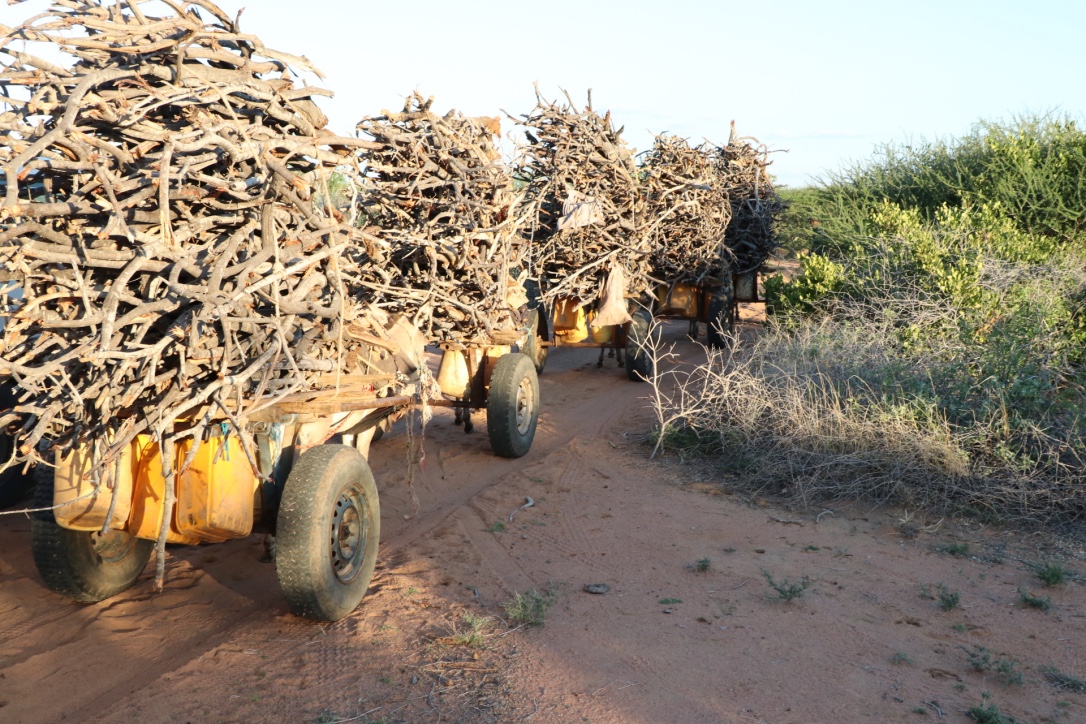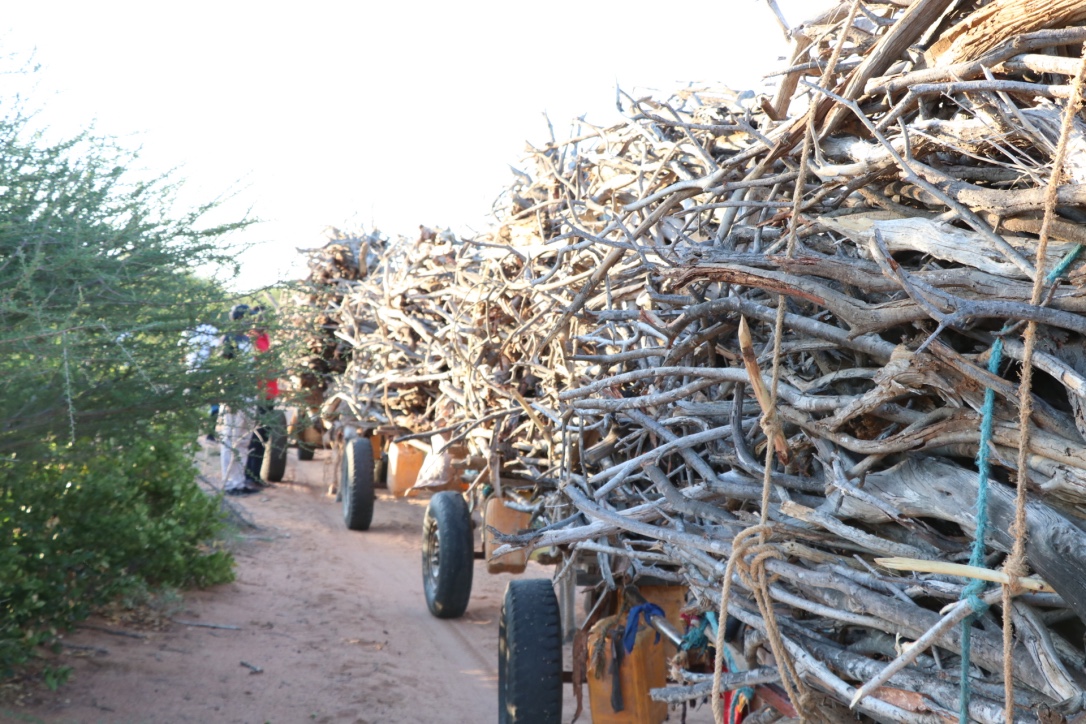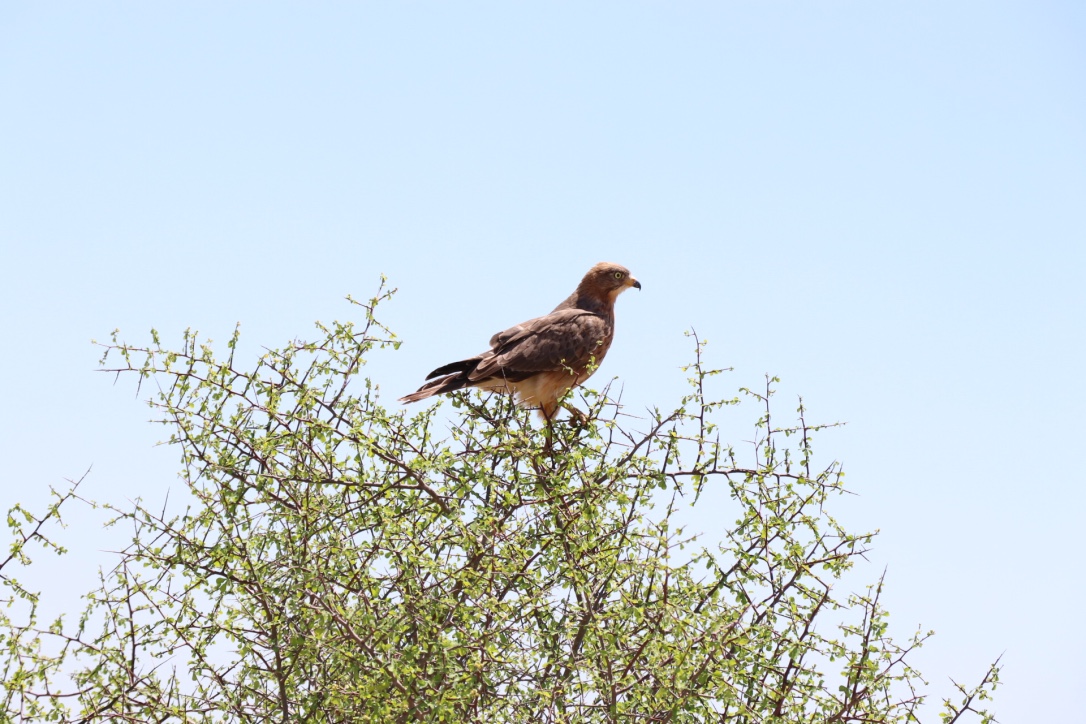Wajir County is located in the North Eastern region of the Republic of Kenya between latitudes 1° N 60’N and 0° 20’N and longitudes 39° E and 41° E and covers an area of 56,685.9 Km². It borders Somalia to the East, Ethiopia to the North, Mandera County to the North East, Isiolo County to the South West, Marsabit County to the West and Garissa County to the South. The county comprises of six sub-counties namely: Wajir East, Wajir West, Wajir North, Wajir South, Eldas and Tarbaj. It is further sub-divided divided into 8 districts, 29 divisions, 30 wards, 142 locations and 172 sub-locations.
Sabuli Wildlife Conservancy is located in Sabuli Division, Habaswein Sub County of Wajir County.
CLIMATE AND TOPOGRAPHY
The area has an annual average relative humidity of 61.8 % ranging from 56 % in February to 68 % in June. The average annual precipitation received in the county is 240 mm. The annual average temperature is 27.9 °C with maximum temperatures ranging between 31°C in July and 36°C in March while minimum temperatures range between 21 °C in July and 24°C in April.
The topography is predominantly plain and lies between 150 metres and 460 metres above sea level and rises gently from the south and east towards the north rising to 200 metres at Buna and 460 metres at Bute and Gurar at the foothills of the Ethiopian highlands.
ECONOMIC ACTIVITIES/LIVELIHOOD
The general population residing in the area depends on livestock for their livelihood. The main form of land use is nomadic pastoralism, which is seen as the most efficient method of exploiting the rangelands. Other economic activities practiced include small-scale crop farming, mining and trading. The communities that reside in the locality are Somali from mainly the Ajuran, Degodia and Ogaden clans.


FOREST COVER AND WILDLIFE
Sabuli Division as well as the entire Wajir County; has no gazetted forest. However, most of the forest cover is comprised of woody trees and shrubs used for grazing by domestic animals and wildlife. The dominant species is Acacia commiphora woodlands/trees, which produces gums and resins that are only second to livestock in terms of supporting economic livelihoods in the county. The main forest products include gum and resin, charcoal, firewood, posts, barks, honey, woodcarvings and wild fruits. Gums and resins are products that have high value in the international market.
In terms of wildlife, the area is endowed with various game species like ostrich, hyenas, gazelles, lions, Cheetah, giraffes, warthogs, snakes and birds and recent sightings of buffalo.

